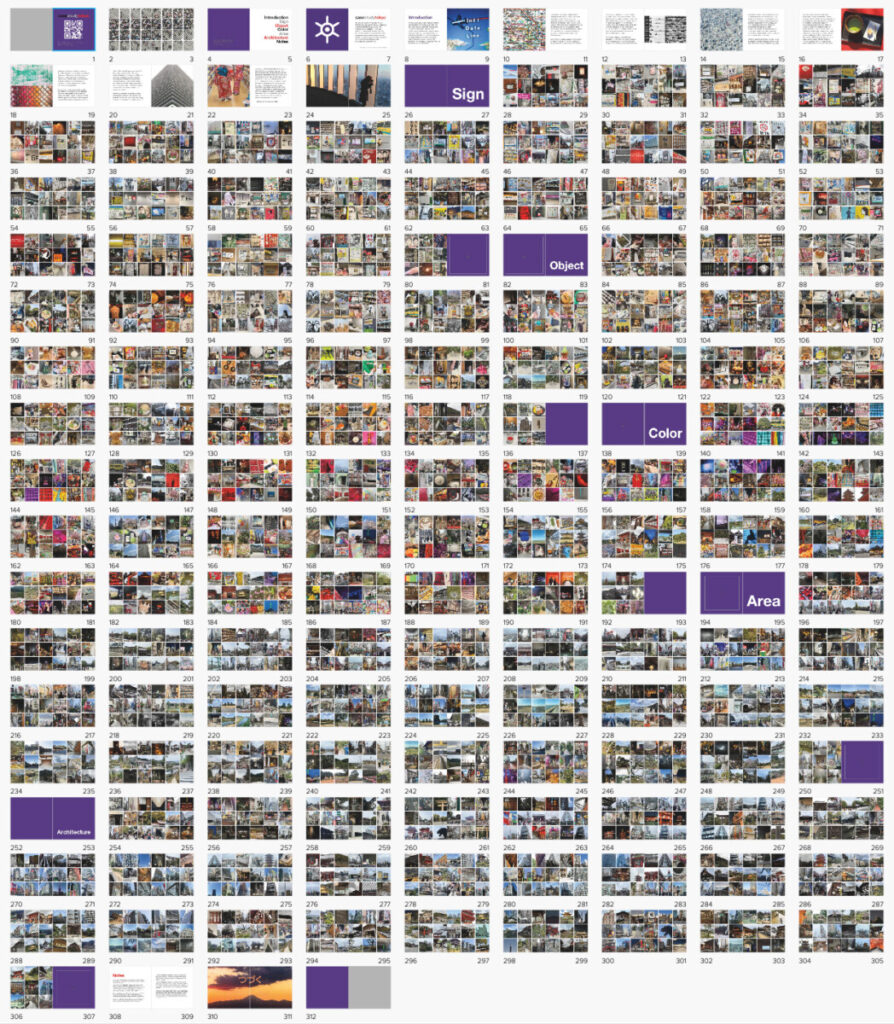An Art & Engagement class:
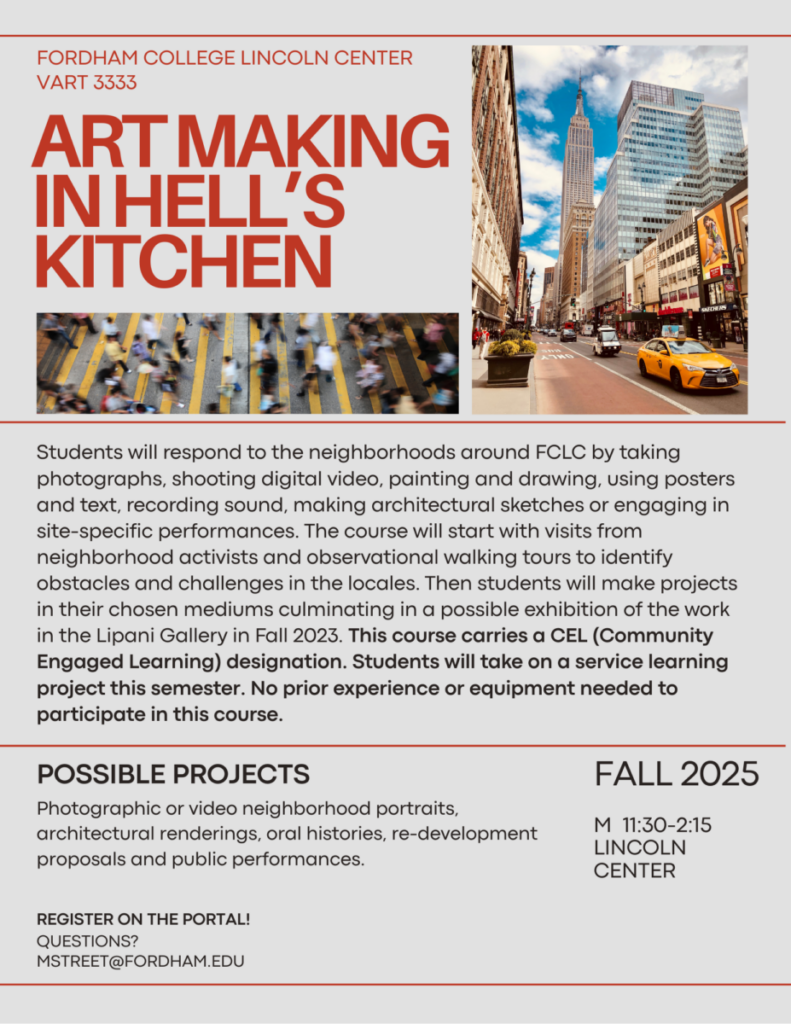


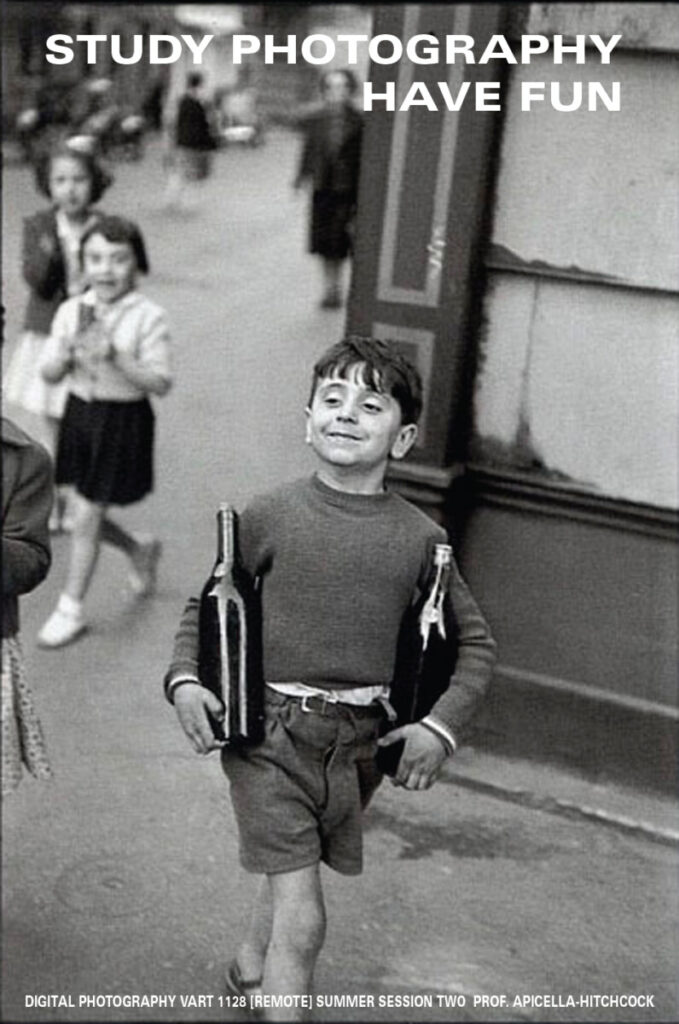
As the poster says, “Study Photography—have fun!” 2024 Summer Session 2 Digital Photography [remote]. Feel free to join our merry band of image makers.



Barbara Morgan, Martha Graham, Letter to the World, Swirl, 1940,
gelatin silver print, courtesy of the Fordham University Library Archives and Special Collections
From the Archives III:
Photographs by Barbara Morgan
Fordham University’s Ildiko Butler Gallery
January 29–February, 25, 2024
Opening Reception: February 8, 6 pm
Fordham University at Lincoln Center map
113 West 60th Street at Columbus Avenue
New York, NY 10023
Map to the Lipani Gallery
fordhamuniversitygalleries
Curators: Stephan Apicella-Hitchcock, Head of Visual Arts; Linda Loschiavo, Director of Libraries; and Gabriella DiMeglio, Archives and Special Collections Librarian
From the Archives: Photographs by Barbara Morgan brings together twelve black and white photographs from the Fordham University Archives and Special Collections housed at the Rose Hill Walsh Family Library. This exhibition is the third installment of the From the Archives series, which aims to highlight the rich and varied nature of Fordham University’s collections.
Barbara Morgan (1900–1992) represents a significant figure in the history of photography, particularly as the scope of her practice included very different photography styles. Half the works on display are samples from her studies of American modern dancers, and half represent her investigations in Russian Constructivist-inspired experimental photomontage.
In Barbara Morgan’s 1941 book, Martha Graham: Sixteen Dances in Photographs, Graham comments, “It is rare that even an inspired photographer possesses the demonic eye which can capture the instant of dance and transform it into timeless gesture… For to me, Barbara Morgan through her art reveals the inner landscape that is a dancer’s world.” The timing and precision required to record the essence of a dance taking place over time and transform it into a singular, iconic photograph is extraordinary and forms a counterpoint to Morgan’s photomontage experiments, which consciously bring together different images into dialogue pertaining to constructed environments and social issues. Moreover, the photomontage technique was viewed as radical and unpopular in the United States when Morgan began making the works in this exhibition.
Occasionally, as a curator one has a specific idea for an exhibition—the themes, the participants, and the message. Alternately, there are moments where one explores with no preconceived notions and gradually, elliptically, hones in on a show. The Fordham University Library is a rich collection filled with unforeseen gems waiting for researchers and is the perfect place to engage in exploration and analysis. Furthermore, the staff that cares for our collection and facilitates such undertakings are exceptionally knowledgeable about what we have and, significantly, supportive of those interested in the unknown.
In an age where many read PDFs on devices, levels removed from the authentic experience of turning a book page, nothing is more refreshing and surprising than holding items from a different century in their hands. Archives have a slightly dusty but not unpleasant smell and a palpable feeling of history and mystery. That one doesn’t always know what they will encounter on the next shelf or in that box over there underneath another box, are not problems to be solved, but rather encouragements to engage with the spirit of inquiry.
Stephan Apicella-Hitchcock
Linda, LoSchiavo, MLIS, MA, Director of Fordham University Libraries:
My introduction to the Barbara Morgan photographs came in the late 1980s when I first saw them being exhibited in Butler Hall at Marymount College, in Tarrytown, NY. Fordham’s relationship with Marymount had begun in 1976, when the University began to offer several graduate programs on Marymount property. The Morgan photos were among the more than 150 works of art donated to the College by an alum, Mary Furey, Class of 1968. The gift also included works by Salvador Dali, Marcel Marceau, as well as other 20th century American and European photographs and prints. The College was committed to displaying works of art on the campus, so items from the collection were dispersed to various campus locations. Unfortunately, this well-intentioned gesture resulted in the bulk of the collection being lost and/or irretrievable by the time Fordham ended its relationship with Marymount and sold the College to EF Education in 2008. The remains of the collection are now in Fordham University’s Special Collections, and consist primarily of the Barbara Morgan dance photos.
Gabriella DiMeglio, MLIS, Archives and Special Collections Librarian, Fordham University:
One of the core principles in archival work is the balance between preservation and access. When materials enter the archives to be preserved and protected for future generations, our access to them inevitably decreases. Archival materials can go untouched and unseen for decades at a time, often for the simple reason that people don’t know they exist. The goal with this series is to highlight some of Fordham’s more hidden gems — providing the public of today with access to these materials while also prolonging and preserving that same access for future generations.
The previous exhibitions from the series are:
From the Archives II: Photographs by William Fox from the Fordham University Archives and Special Collections, 2014. This exhibition brought together seventeen contemporary digital prints from the original negatives housed in the Archives at the Rose Hill campus’ Walsh Family Library. William Fox was a professional photographer who worked for Fordham University freelance for over twenty years, generating photographs that span a range of topics from commencements to classrooms and from campus architecture to student life. The images represent the beginnings of Fordham University’s self-awareness, from a publicity and photographic point of view, documenting the growth of Fordham University over an extended period and giving shape to aspects that the university valued up to and through the tumultuous times of World War Two. Curator: Stephan Apicella-Hitchcock. Link
From the Archives I: Half-Frames, 2013. Half-Frames brought together twenty-one prints made from the original color transparencies held in the personal archive of J. Joseph Lynch, S.J., a mathematics and seismology professor at Fordham University from 1950 to 1967. The photographs highlighted his spontaneous approach to documenting travels, events, people, and places. The criteria for image selection stemmed from our mutual enthusiasm for his images, which resonated with contemporary directions in photography from the period, such as the snapshot aesthetic and interests in the vernacular within the medium of photography. Curators: Stephan Apicella-Hitchcock and Anibal Pella-Woo. Link
For more information, contact Stephan Apicella-Hitchcock

CARCELÉN
Exhibition by Joèl De Andrade Ledesma
Fordham University’s Lipani Gallery
January 19 — February 9, 2024
Opening Reception: January 25th, 6:00 — 8:00 pm
Fordham University at Lincoln Center map
113 West 60th Street at Columbus Avenue
New York, NY 10023
Map to the Lipani Gallery
fordhamuniversitygalleries
The photographs in Carcelén were taken in 2018 in Quito, Ecuador at a makeshift refugee camp created and inhabited by Venezuelan migrants. This photographic project represents an investigation into the humanity of people, the reality of migration, and the vitality of those who choose to leave their homelands.
Many of the migrants pictured in this project had left home on foot as part of a wave of millions of Venezuelans who left the country in the 2010’s due to political and economic instability. In Ecuador, like other receiving countries, many of the Venezuelans encountered the challenges of xenophobia, accessing basic needs, and attacks by conservative and even fascist elements in society. Joél came in contact with the people of the camps, supporting a mutual aid network that was aware of the plight of these Venezuelans, including attempts by state and local actors to displace them from their camp. In the time spent with the community, Joél exchanged similar and divergent stories of homeland, diaspora, and the reality of migration today.
Carcelén consists of eighteen 13 x 19 prints, matted and framed. The photographs were created from black and white 35 mm film negatives shot on a Pentax K1000, developed in the dark room, and then scanned and digitally printed.
Artist Biography: Joél Alexander De Andrade Ledesma (b. 1989) is a cultural worker, educator, and community organizer. Born in Caracas, Venezuela in the midst of the Caracazo insurrection, Joél and his family migrated to the United States in the wake of this historical and violent event. Having lived as an undocumented immigrant for almost two decades, Joél now focuses his creative, political, and academic projects on making sense of the structural and institutional violence marginalized communities move through. From this perspective, Joél elaborates the ways communities exercise reciprocity, resistance, and resilience. Joél is interested in visual storytelling that demonstrates these qualities and the way people and communities assume the responsibility and reality of freedom, solidarity, and survival
For more information, contact Vincent Stracquadanio
Featuring: Cat Applebaum, Spencer Balter, Julia Boberg, Sara Lockett, Arina Medvedeva, Madison Nash, Erin Newtown, Booch O’Connell, Caroline Wong

The Fordham University Galleries
December 6, 2023 – February 7, 2024
Fordham University at Lincoln Center map
113 West 60th Street at Columbus Avenue
New York, NY 10023
fordhamuniversitygalleries
Every fall, Visual Arts majors persuing their thesis projects work together in the Senior Seminar course to discuss and develop their work – and to support one another in realizing a solo or two-person exhibition in the spring. This show presents a selection of the works produced, to date, by those students.
The poetic exhibition title was conceived of by the students. It reflects both the overlap and the differences in their projects, which come together to touch on themes of loss, chance, movement, memory, the unspoken, trauma, obfuscation, and, as one student wrote in her statement, “the loud and incessant beauty of living.”
“the loud and incessant beauty of living” comes from the statement of Booch O’Connell
Link to the exhibition
For more information, please contact Vincent Stracquadanio
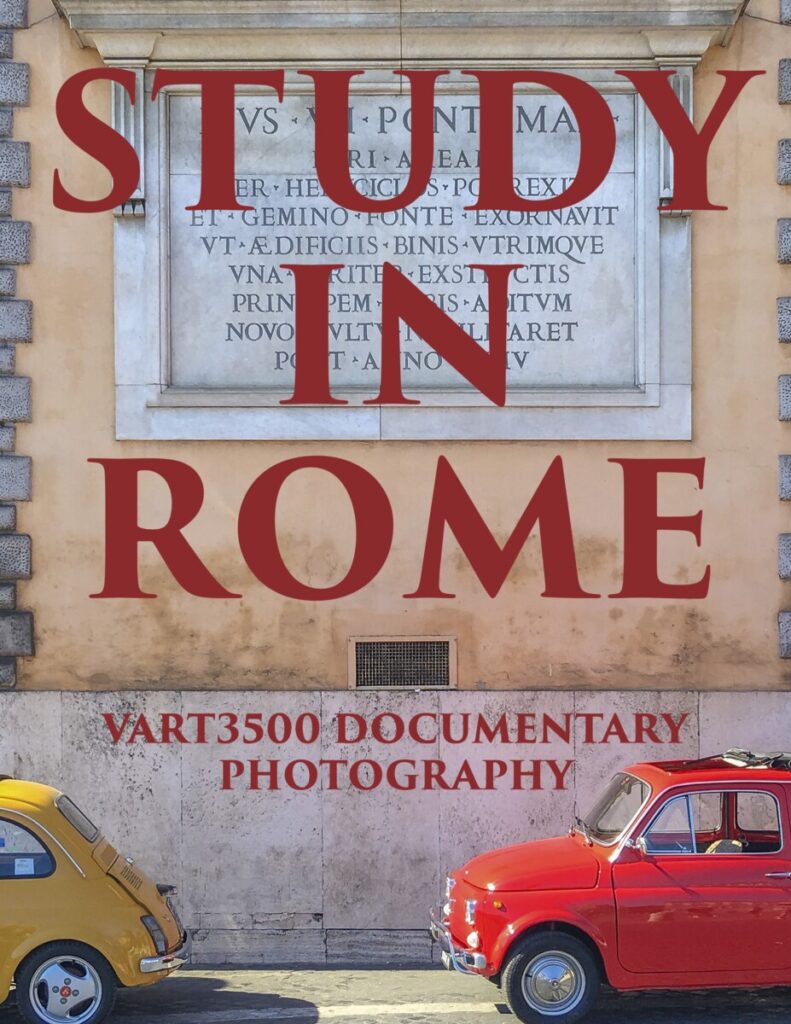
For the first time in three years, the Visual Arts Department will be running our summer course in Rome, and applications are now open for VART 3500 Documentary Photography, a Summer Session 1 course, is open to all students, so feel free to invite your non-Visual Arts Majors/Minors friends.
The course requires no prior experience with photography, and digital cameras will be provided to participants; however, it will be up to you to eat all that delicious gelato. Applications are accepted on a rolling basis, so please set up an appointment with either myself or Professor Lawton to speak more about the course if you are interested. The attached PDF shows examples of the previous student photography books, which are the culmination of the class and become a part of the university library collection, as well as some of the exhibitions of student work.
Ciao, Stephan and Joe (Stepahno & Giuseppe)
Program Fee $3,600 + 4 Credits Summer tuition
What is included:
Application Deadline:
Fordham Summer Study Abroad ScholarshipCompleted applications must be submitted by February 15. Scholarships are applied toward the summer course tuition for summer study abroad programs offered to undergraduates by the International & Study Abroad Programs Office. Award amounts will range from $500 to $1,500 and will be awarded based on financial need, academic merit, and your study abroad application essay responses.
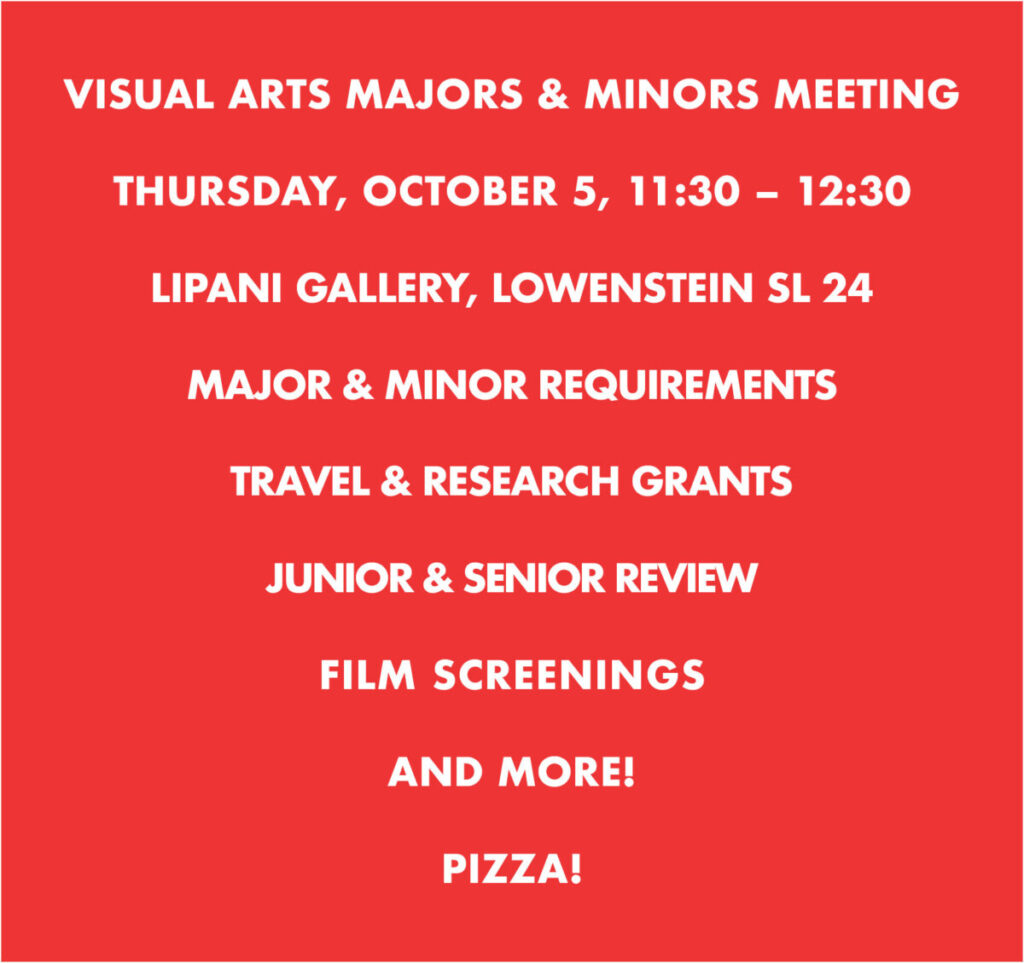

Projects selected and created by BALCONY: International Network of Curators
Participants: Raya Bruckenthal, Manuela de Leonardis, Richard Demarco, Drorit Gur Arie, Felice Hapetzeder, Michael Lazar, Paul Malone, Tomasz Matuszak, Anibal Pella-Woo, Fabrizio Perozzi, Doron Polak, Nicola Rae, Maayan Tsadka, Jan Van Woensel, Jaroslav Vančát, Joyce Yahouda, Dzintars Zilgalvis, Kriss Zilgalvis
Organizer: Stephan Apicella-Hitchcock
Fordham University’s Lipani Gallery
June 23—July 28, 2023
Public reception: Friday, June 23rd, 5—7 pm
Fordham University at Lincoln Center map
113 West 60th Street at Columbus Avenue
New York, NY 10023
Map to the Lipani Gallery
fordhamuniversitygalleries
https://balcony-art.com/
Fordham University is proud to present a new exhibition in the Lincoln Center Campus Lipani Gallery, ARCHIVUM, which brings together twelve curators from nine countries to select over thirteen artists. Through various forms, including book, installation, photography, sound, and video, this exhibition’s contributors explore what might constitute an archive. With that question as the starting premise, the works on display provide a range of interpretations of places, events, and institutions and raise numerous questions about research, commerce, history, translation, and memory.
The French philosopher Jacques Derrida stated that the question of archives is not a question of the past. It is a question of the future, a question of response, of promise, and a responsibility for tomorrow. The archive has become raw material and inspiration for many artists over the previous decades. Artists develop different levels of relationship with personal, familial, and public archival material. They move in a flexible space of history and cut across the depths of time. They decompose archival materials, disrupt and reference them, and create new narratives from concrete or imaginary archives. The archival memory they control, mark, and limit starts a conversation in which the artist decides who will enter the gates of memory.
Balcony: International Network of Curators was set up by Drorit Gur Arie, Doron Polak, and Michael Lazar in April 2020 as a network of independent international curators. The platform establishes connections between art curators to exchange professional information and initiate joint projects.
This exhibition, ARCHIVUM, is sponsored by Fordham University’s Department of Visual Art and is organized in New York by Professor Apicella-Hitchcock.
Link to the exhibition
For more information, please contact Stephan Apicella-Hitchcock.
For the Visual Arts Department Website: click here.
Instagram: @visualartsfordham
Drum roll, please—clocking in at 312 pages with over 3,000 images and approximately 87 miles of behind-the-scenes walking over nine days—the Case Study Tokyo 2023 book is complete!
Take one part working methodology from the influential 1972 book, “Learning from Las Vegas: The Forgotten Symbolism of Architectural Form,” combine it with the megacity of Tokyo, add Fordham University Gabelli students, stir for ten days in Japan, and what do you get? You acquire knowledge through experience with a small team, realized in a research volume focusing on branding, sensory marketing, architecture, design, photography, and urban planning.
Preview the entire book online.
